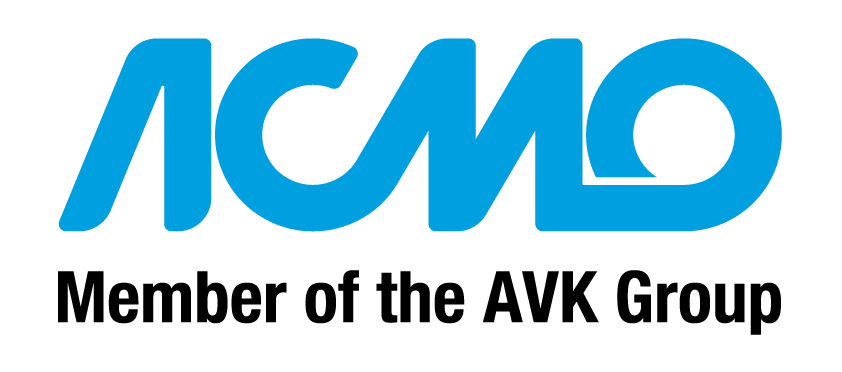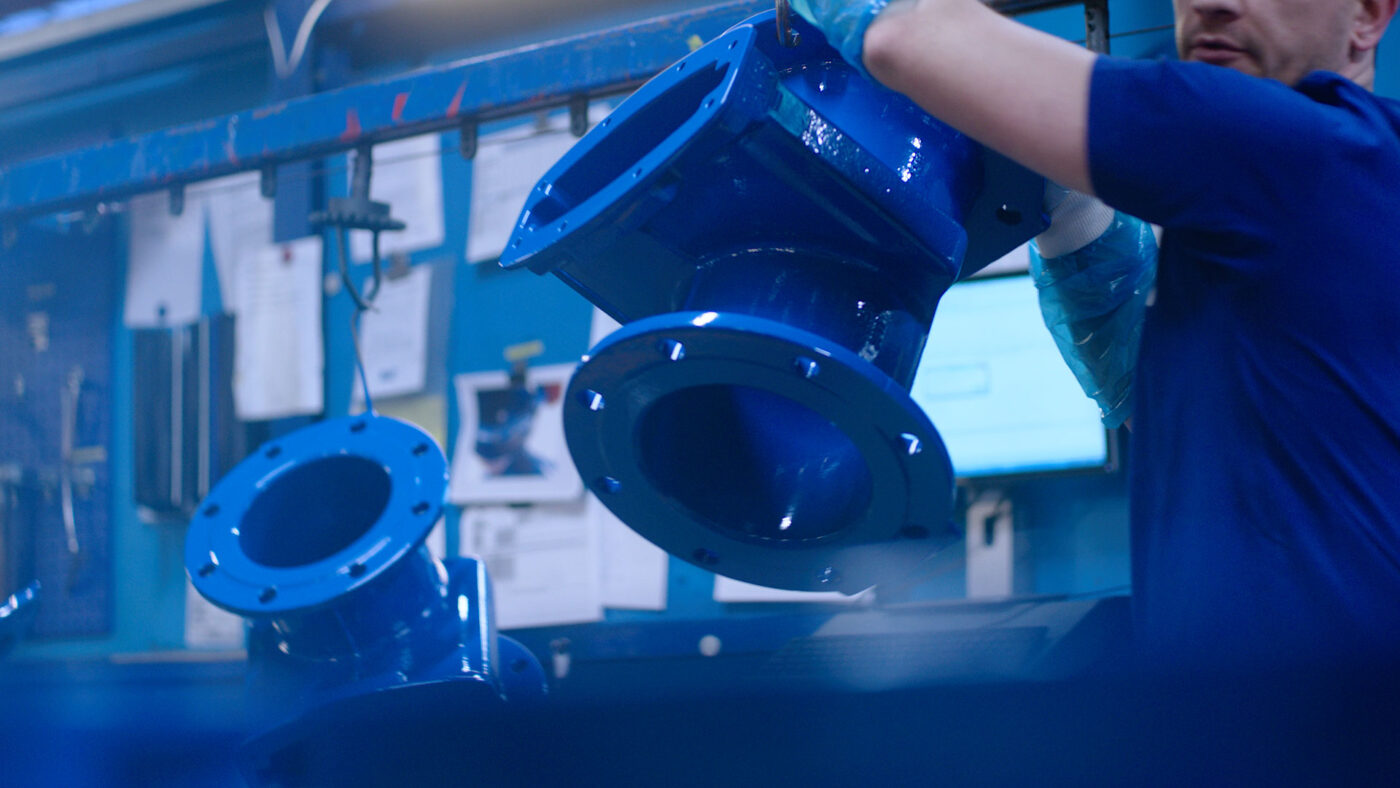Did you know that some AVK products are GSK certified?
What is the GSK protocol?
The GSK protocol is a game-changer in the world of hydraulic equipment coating. Not only does it integrate existing standards like DIN 20677-2, DIN 3476, and EN14901, but it also increases the quality of the process. With the GSK protocol, companies that pass the quality challenges earn the RAL-GZ 662 (Gütezeichen) quality mark, showcasing their commitment to excellent standards!
How is GSK coating carried out?
The protocol involves a coating process using epoxy powder, applied to preheated components at temperatures ranging from 190 to 220°C. This process is carried out in a fluidized bed coating system or manually, using electrostatic spraying. The epoxy powder melts upon contact with the hot components and hardens in the cooling tunnel, ensuring flawless adhesion and exceptional protection against corrosion!
Quality Tests to verify compliance with the GSK coating standard:
- Coating thickness Test: Measures a minimum thickness of 250 microns to ensure robust protection.
- Pore-fee coating Test: Under 3000 Volt stress, checks for the absence of porosity and ensures excellent performance even in the presence of stray currents.
- Impact Resistance Test: To verify impact resistance, a stainless steel cylinder is dropped onto the surface of the coating with an impact energy of 5 Nm.
- Cross Linkage Test: A drop of methyl isobutyl ketone is placed on a treated surface. A cloth is then wiped over the surface, which should remain clean and not become matt.
- Adhesion Test: After being immersed in deionized water at 90°C for 7 days, the sample is placed in an oven at 70°C and allowed to stabilize at room temperature. There should be no bubbles or swelling. If the sample passes this check, an adhesion test is performed, during which the coating must withstand a minimum tensile strength of 16 Nm/mm² without detaching from the substrate.
- Cathodic Disbonding Test: This test measures the coating’s ability to adhere and resist detachment in corrosive environments. A 6 mm diameter portion of the coating is removed from the sample; it is then exposed to a 0.5 mol/l sodium chloride solution at 23°C with a 1500 mV current applied for 30 days. Afterward, the sample is dried, and after making six radial cuts, the weakened paint is removed starting from the center. The final area without paint should not exceed 10 mm.
The RAL-GZ 662 (Gütezeichen) quality mark is awarded only to manufacturers who meet the stringent quality assurance requirements set by the GSK quality and inspection regulation.
Having a GSK quality approval is synonymous to security, durability, and sustainability, guaranteeing a tested and high-quality coating for the hydraulic network.

 Italiano
Italiano Français
Français
